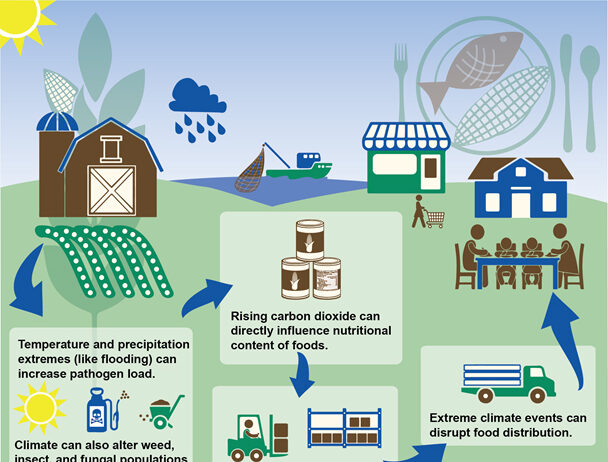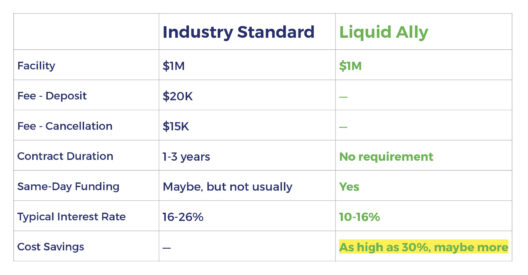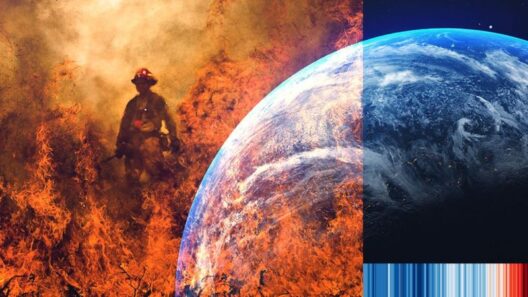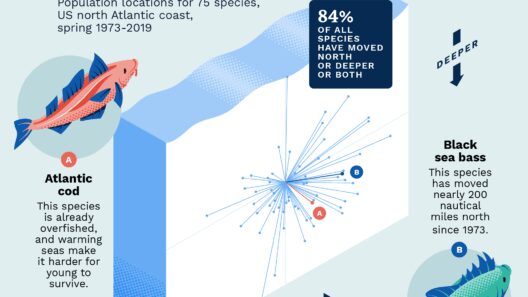Global warming is a pressing issue that has garnered significant attention over the past few decades. It refers to the long-term rise in Earth’s average surface temperature due to human activities that release greenhouse gases (GHGs) into the atmosphere. Understanding how these activities trigger and exacerbate global warming is crucial for developing effective strategies to mitigate its impacts.
One of the primary drivers of global warming is the combustion of fossil fuels. This includes coal, oil, and natural gas, which are burnt for electricity, heat, and transportation. During combustion, carbon dioxide (CO2) is released, contributing to the greenhouse effect. This phenomenon occurs when greenhouse gases trap heat in the atmosphere, preventing it from escaping into space. It creates a warming effect that is essential for sustaining life, but excessive CO2 emissions disrupt this balance, leading to an enhanced greenhouse effect.
Another significant contributor to global warming is deforestation. Forests play a critical role in sequestering carbon dioxide; they absorb CO2 during photosynthesis and store it in their biomass. When trees are cut down or burned, the stored carbon is released back into the atmosphere, subsequently increasing the concentration of greenhouse gases. Additionally, deforestation leads to a loss of biodiversity, disrupting ecosystems and weakening their resilience against climate change.
Agriculture is also a notable aspect of human activity that contributes to global warming. It generates significant amounts of methane (CH4) and nitrous oxide (N2O), two potent greenhouse gases. Livestock, particularly cattle, produce methane through enteric fermentation during digestion. Manure management and the application of synthetic fertilizers in crop production release nitrous oxide, which has a much higher global warming potential than CO2. Therefore, while agriculture is essential for food production, its practices need reevaluation to reduce its environmental footprint.
Overconsumption and waste generation are inherent facets of modern lifestyles that exacerbate global warming. The production and disposal of goods, especially single-use plastics, require immense energy, often sourced from fossil fuels. Landfills contribute to methane emissions as organic waste decomposes anaerobically. Promoting a circular economy focused on reusing materials and reducing waste can alleviate some pressures on the environment. Yet, this requires a cultural shift in consumer behavior and economic incentives to support sustainable practices.
Industrial processes represent a critical yet often overlooked contributor to climate change. Most industries emit greenhouse gases during production and processing. For instance, cement production is responsible for about 8% of global CO2 emissions. Other processes, such as chemical manufacturing and metal production, also release greenhouse gases, further intensifying global warming. Transitioning to cleaner technologies and practices is imperative to minimize industrial emissions.
Urbanization plays a pivotal role in the climate crisis, with more than half of the world’s population now living in urban areas. Cities are hotspots for greenhouse gas emissions due to high energy consumption for heating, cooling, and transportation. They often have inefficient public transportation systems that rely heavily on fossil fuel consumption. Moreover, urban sprawl leads to the destruction of green spaces, which were once crucial carbon sinks. Developing sustainable cities through energy-efficient architecture and advanced public transport systems is vital for combating climate change.
Energy production is a key sector driving global warming. Although renewable energy sources like wind, solar, and hydroelectric power represent a smaller share of the global energy mix, their integration into the power grid is crucial. The transition away from fossil fuels toward renewable energy sources can significantly lower emissions. Governments and institutions worldwide must commit to investing in clean energy technologies while phasing out subsidies for fossil fuels.
Transportation is another vital area where human activities significantly influence climate change. Personal vehicles, freight transport, and aviation all contribute substantial quantities of greenhouse gases. The reliance on gasoline and diesel fuels has led to an increase in carbon emissions, while alternative transportation methods, such as electric vehicles and public transport, have not yet achieved wide-scale adoption. Promoting cleaner, more efficient methods of transportation can help alleviate these emissions and reduce the overall carbon footprint.
Lastly, individual actions translate into collective outcomes. Each person’s choices regarding energy consumption, waste management, and transportation habits cumulatively impact the environment. Advocacy for sustainable practices, such as reducing meat consumption, recycling, and embracing energy-efficient technologies, can drive demand for low-carbon solutions. Education and awareness campaigns can empower individuals to act responsibly and encourage others to follow suit.
In conclusion, human activities are intricately linked to the phenomenon of global warming. From combustion processes and deforestation to waste generation and industrial emissions, every choice contributes to the Earth’s changing climate. While the challenge is profound, the path forward rests in acknowledging the responsibility of individuals, corporations, and governments alike. With concerted efforts, innovative solutions, and shared commitment, it is possible to mitigate the effects of global warming and secure a sustainable future for generations to come.







